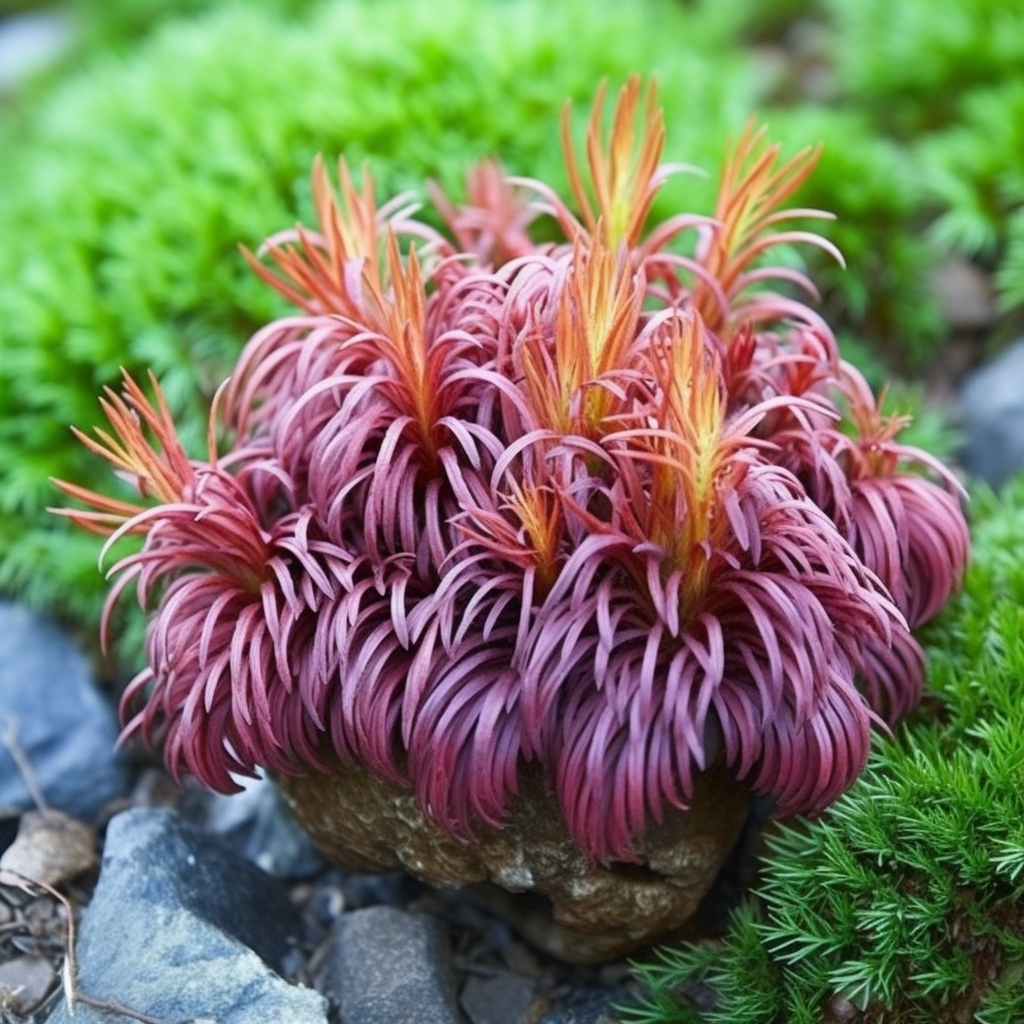Story of Day :
Contents
The Resurrection Plant: A Complete Guide and Care Tips
Gardening can be a deeply rewarding and relaxing activity, but it also requires time, effort, and dedication. If you’re looking for a low-maintenance plant that can survive long periods of drought and come back to life after being completely dehydrated, the resurrection plant might be just what you need. In this article, we’ll explore everything you need to know about this fascinating species.
What is a Resurrection Plant?
A resurrection plant is any type of plant that has the ability to dry out completely without dying and then revive once it’s rehydrated. There are several species of resurrection plants found in different parts of the world, but they all share this unique adaptation to extreme environments.

Examples of Resurrection Plants:
- Rose of Jericho (Anastatica hierochuntica): This plant is native to deserts in Northern Africa and Western Asia. It can survive up to 100 years without water by curling up into a ball when it’s dried out and opening up again when it rains or gets wet.
- Selaginella lepidophylla: Also known as the “resurrection fern,” this species grows in arid regions of North America. Its leaves turn brown when exposed to drought but regain their green color when watered.
- Xerophyta viscosa: This South African plant forms tight bundles with small leaves that roll inward during dry periods but unfurl again after rainfall.
Caring for Resurrection Plants
If you’re interested in growing your own resurrection plants at home or outdoors, here are some tips to ensure their survival:

Soil and Water:
- Well-draining soil: Resurrection plants need soil that doesn’t retain water for too long, as they’re prone to rotting if they stay wet for extended periods. A mix of sand, perlite, and peat moss can work well.
- Sparse watering: While most plants require regular watering, resurrection plants should only be watered once every few weeks or months. Overwatering can kill them faster than underwatering.
Light and Temperature:
- Bright light: Most resurrection plants prefer direct sunlight or bright indirect light. However, some species like Selaginella lepidophylla can also tolerate shade.
- Moderate temperatures: Resurrection plants adapt well to a wide range of temperatures but generally do best in moderate climates between 60°F and 80°F (15°C-27°C).
The Benefits of Growing Resurrection Plants

Besides their unique ability to survive droughts, there are several other reasons why you might want to add a resurrection plant to your garden or home collection. For one thing, they make great conversation starters due to their unusual properties.
In addition, these hardy little specimens can teach us important lessons about resilience and adaptation in the face of adversity. They remind us that even when things seem hopeless or impossible, there’s always a chance for renewal and growth if we persist.
In Conclusion

The resurrection plant is an amazing example of nature’s ability to adapt and thrive under challenging circumstances. Whether you’re a seasoned gardener or a beginner, this species is worth exploring for its fascinating properties and low-maintenance requirements.
By following the care tips outlined in this article, you can help your resurrection plant thrive and enjoy its unique beauty for years to come. So go ahead and give it a try – who knows what other miracles of nature you might discover along the way!
